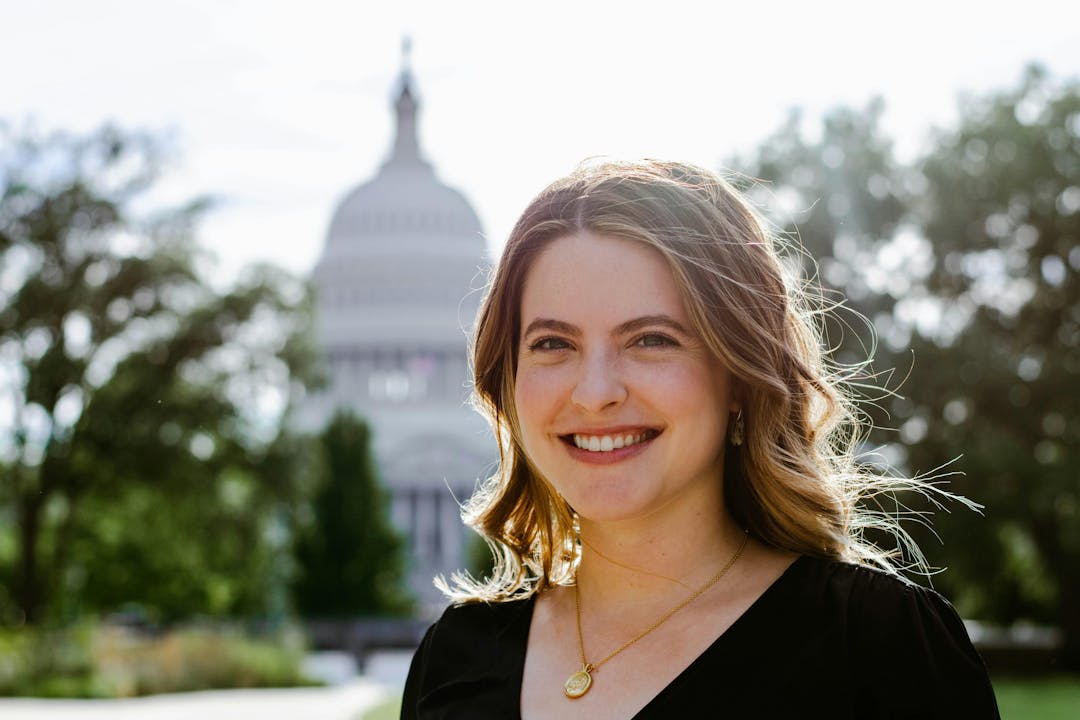Selective Exposure Theory
The Basic Idea
In the age of social media, it’s easy to create a personalized stream of content depending on which accounts or hashtags you follow. On Twitter, you can even block specific words from showing up on your feed. This can be beneficial for people who are sensitive to particular topics and insulate them from further harm. But it can also be detrimental: some users might abuse this feature by hiding anything that doesn’t align with their beliefs. For example, someone who supports consuming meat and animal products might go to the extreme of hiding words like “vegan” or “vegetarian.” There isn’t any benefit in hiding from these words, and it prevents them from coming across opinions that differ from their own.
In choosing to focus on information supporting their beliefs, our carnivore is exhibiting selective exposure. Here are three fundamental principles of selective exposure, using our carnivorous friend as an example:
- Avoidance of incongruent information: when the carnivore avoids information that is inconsistent with their beliefs.
- Selective perception: when the carnivore either does not perceive information they disagree with, or they try to re-interpret it to fit with their beliefs.
- Selective retention: when the carnivore forgets any information that portrays veganism in a positive light, but remembers information that portrays veganism in a negative light.
People generally see what they look for, and hear what they listen for.
– Judge Taylor inTo Kill a Mockingbird by Harper Lee
About the Author
Lindsey Turk
Lindsey Turk is a Summer Content Associate at The Decision Lab. She holds a Master of Professional Studies in Applied Economics and Management from Cornell University and a Bachelor of Arts in Psychology from Boston University. Over the last few years, she’s gained experience in customer service, consulting, research, and communications in various industries. Before The Decision Lab, Lindsey served as a consultant to the US Department of State, working with its international HIV initiative, PEPFAR. Through Cornell, she also worked with a health food company in Kenya to improve access to clean foods and cites this opportunity as what cemented her interest in using behavioral science for good.



















